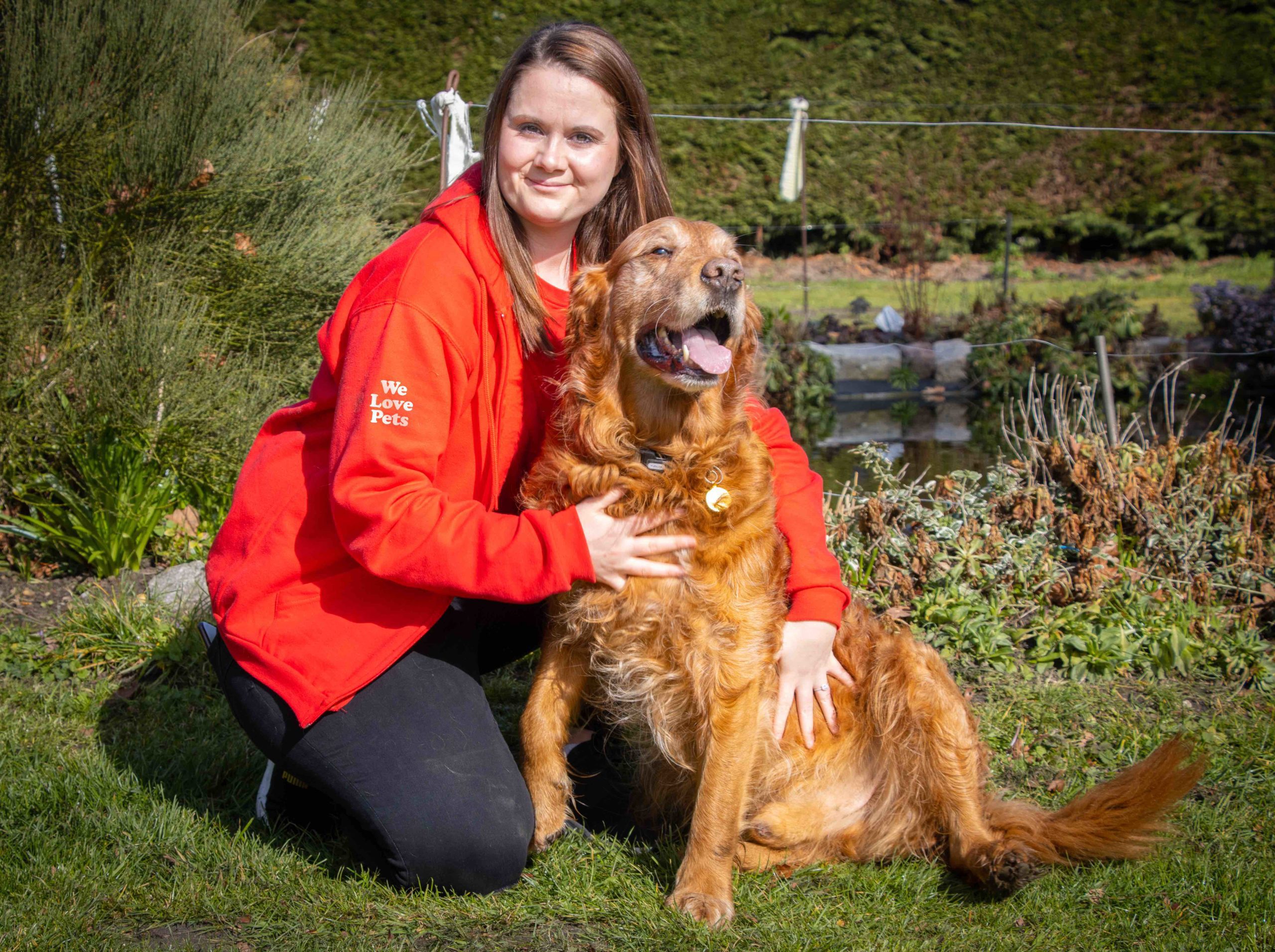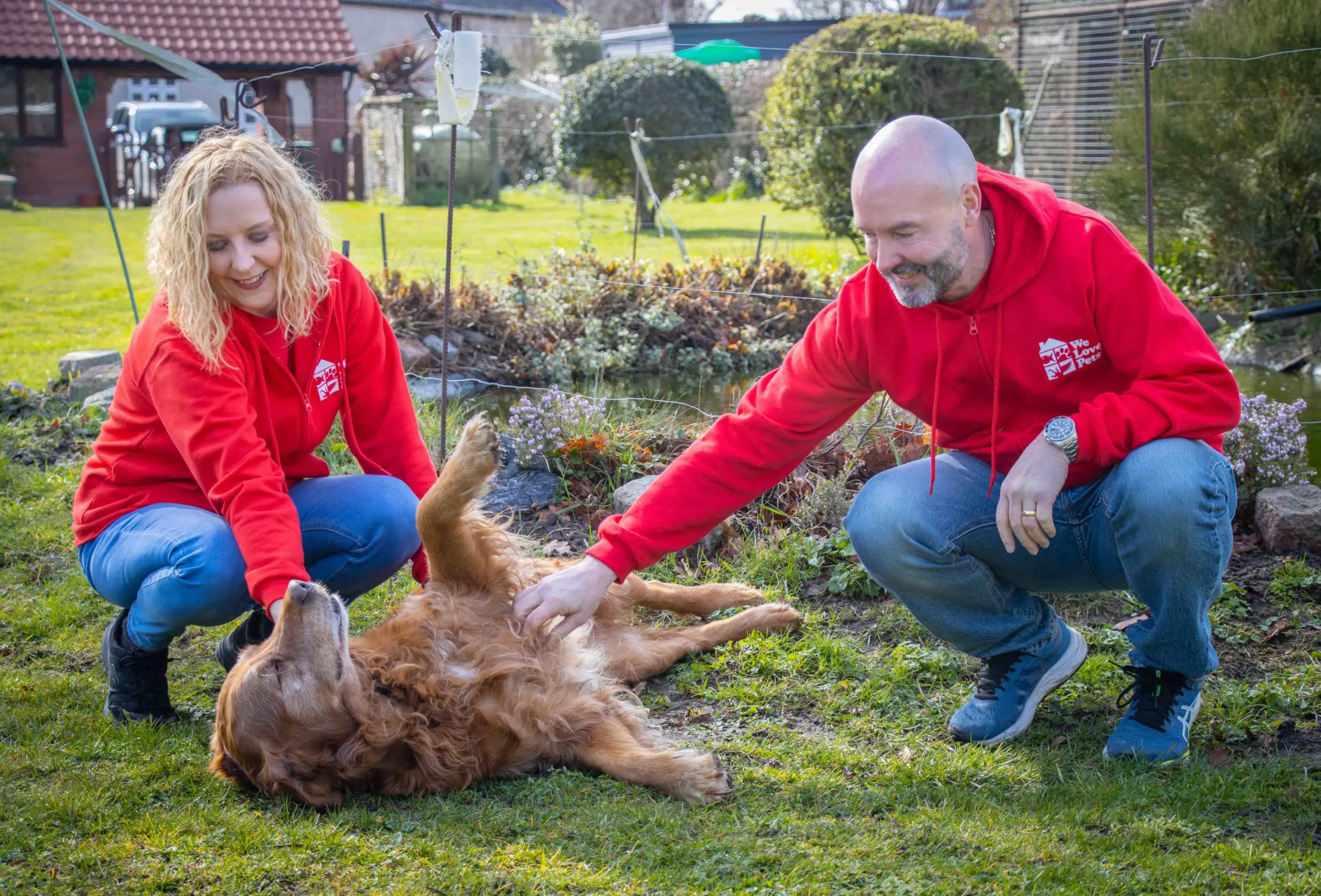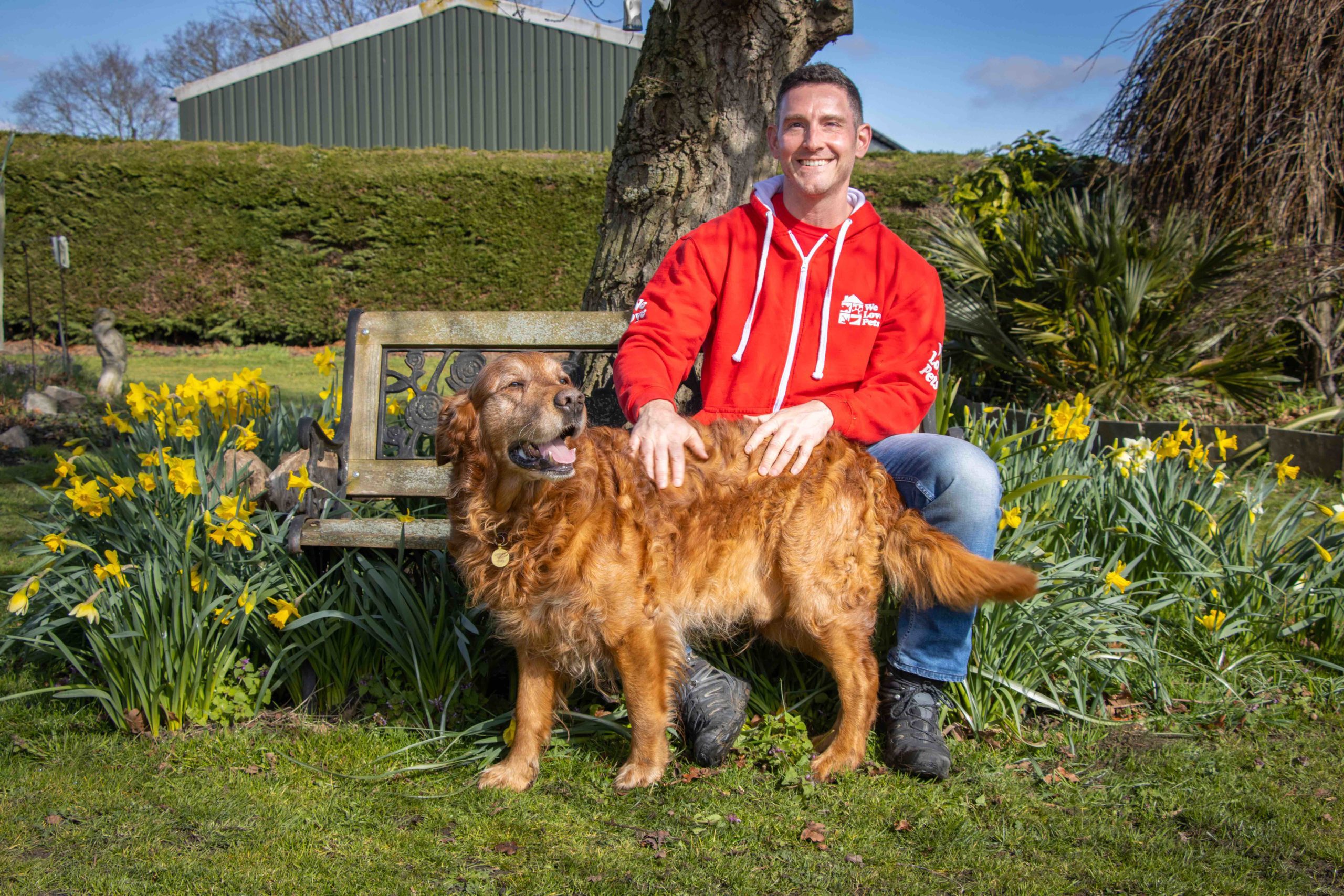Roughly 87% of UK households have a garden, covering a larger area than our nature reserves combined, according to wildlife trust surveys.
An increasing number of garden space is being lost to hard surfacing for more aesthetic garden spaces, making the UK one of the most nature depleted countries in the world.
Luckily, you can help do your part to boost the wildlife population in your garden in a whole host of ways!
10 Ways to Build a Wildlife-friendly Garden!
1. Plant Native Vegetation
Introduce native species to your garden to improve local wildlife. Immaculate gardens will harbour a wide array of non-native species that can outcompete with the native flower species, which might look great, but often local pollinators don’t appreciate them as much as the native plants they have evolved to thrive on. Try planting common knapweed or Bellflower seeds for pollinators. You can also try growing native British herbs, such as wild garlic or corn mint. This is beneficial to you AND the wildlife!
2. Grow Butterfly-Friendly Plants
Adult butterflies and moths will feed on almost any flower nectar, as will many other pollinators, but their caterpillars are often choosier and may only have one or two species they’ll live on. For example, Brimstone butterflies will only feed and lay eggs on buckthorn bushes. Planting various plant species that flower at other stages of the year will maximise the chances of a variety of butterflies and other insects visiting your garden. Blackthorn and fruit trees such as plum and apple are a good addition to the garden for animals and insects more active earlier in the year. Species that thrive later in the year might be happier with ling or ivy. Rotting fruit is also an excellent food source for butterflies. Having different shapes of flowers will attract other insects. Long, thin tubes, like honeysuckle, are popular with butterflies; bellflowers and foxgloves are great for bees. Flat flowers like daisies and wild carrots will attract lots of insects. Try to find what butterfly and moth species live in your area and plant what their caterpillars like to eat. As the weather warms up, it’s lovely to get out in the garden and plant.
3. Become a Hedgehog Friend
It is estimated that hedgehog numbers have declined by 98% since the 1950s- they desperately need some help. A good way to help is to create a hedgehog highway through the fenced gardens of your neighbourhood! Hedgehogs travel upwards of ONE MILE PER NIGHT! Work with your neighbours to create a pathway through the garden fences to help them go about their nightly business. You can also build hedgehog homes for nesting and hibernation in your garden, which will give them a safe space to hide away in.
4. Add Water
There are six UK native amphibians, including common frogs, smooth newts and common toads. These amphibians are all good pest controllers, feeding on various invertebrates. You might consider adding a small pond to your garden is a great way to keep these animals happy, and you might even attract dragonflies in the Summer. Insects that gather by water will also attract bats. Your pond doesn’t have to be big, but make sure it has sloped sides so if animals fall in it, they can climb out. Adding plants such as hornwort will oxygenate a pond and keep inhabitants healthy. Avoid invasive, non-native plants, though. If a pond isn’t a viable option for you, keep a shallow, sloped bowl filled with fresh water for birds to drink and bathe. During the warmer months that will be quickly upon us, birds and other animals will greatly appreciate something to drink.
5. Care for Local Birds
Put out a variety of bird feed (seeds, fat balls, peanuts, mealworms) will attract different species to your garden and help the local bird population. Very soon after putting the food sources out, you will get birds in your garden. Prioritise providing food in extreme weather, such as drought and cold temperatures- to help them maintain body weight in difficult times. Nearly 30% of Great British birds are threatened with extinction, a statistic which is likely to increase with extreme weather becoming more probable due to climate change. Providing extra food could really help the local bird population flourish. If you’re up for DIY, you can make bird feeders- an excellent activity for children to get up to!
6. Help Night-Time Creatures
Plenty of wildlife is active at night, plants, insects and animals! Honeysuckles and evening primrose are night-blooming flowers that release scent after dark, attracting pollinating insects. There are 18 species of bats living in the UK, and night-flying insects are attractive to them as a snack. You can also help bats by removing or reducing artificial lighting from the garden, especially sensor security lights, which turn on with movement and can startle and dazzle them.
7. Compost Heaps
Making a compost heap from your kitchen waste is a great way to reduce landfill and create a haven for critters like millipedes, woodlice and spiders. These minibeasts are an excellent source of food for other wildlife. Worms help create compost out of leaves and organic material, so they will thrive in a kitchen waste compost heap. They also improve soil drainage and transfer essential nutrients to the surface, making them vital to a lovely garden! Slugs and snails may also be drawn to a compost heap. They are super important recyclers, so you can add them to the heap if you spot them in the garden. Ground beetles and toads love to snack on slugs, and thrushes eat snails, so they can draw even more wildlife to your garden. If you start a compost heap instead of a bin, be aware of the warm spots it creates that animals like hedgehogs will choose to hibernate. Avoid moving compost in the winter for this reason.
8. Woodpile and Leaf Litter
Some critters, like butterflies and wasps, use woodpiles as places to hide and hibernate in. Logs also provide a good place to hide for slow worms, newts, frogs and toads, and various minibeasts. Preferably, larger logs with the bark still attached, somewhere not too sunny nor shady. Even a single log partially buried provides a good habitat. In autumn, fallen leaves make a nice warm spot for hedgehogs to hibernate. It’s best to not tidy the leaves up in the winter to avoid disturbing anybody hibernating. Once the leaves start to decay, they add nutrients to the soil. Mulch also protects against the winter and drought in the Summer and encourages mycorrhizal fungi, which are super important for plant nutrition.
9. Let The Grass Grow
Letting your grass get longer encourages wildflower growth and protects the wildlife in your garden like frogs, newts, door mice, and slow worms. They’re in danger of the lawnmower. Having longer grass provides better shelter for creepy crawlies and habitats for small mammals. However, some mown areas will be helpful for animals that feed on worms, such as blackbirds and robins.
10. Let It Be
A top tier tip to improving wildlife in your garden is to simply let it be. The natural world will always overcome and thrive when left to its own devices. Stop de-weeding or caring for pristine flower beds and just let nature do its thing! Lots of things we mistake for weeds are actually wildflowers that can benefit wildlife.




